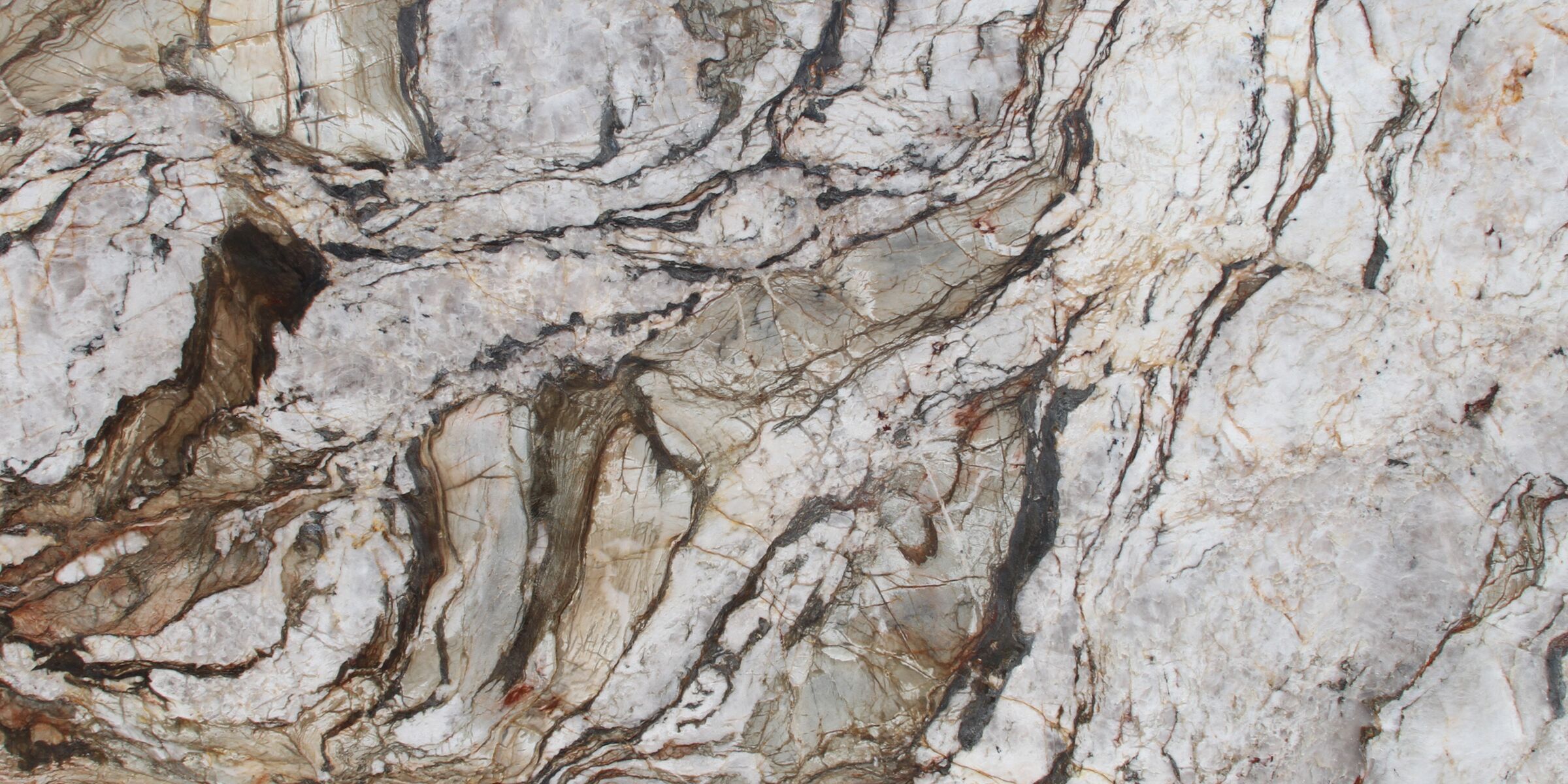Quartzite is a metamorphic rock that is known for its durability and heat resistance. It is formed when sandstone is subjected to high pressure and heat, causing the individual quartz grains to fuse together. This process not only gives quartzite its unique physical properties, but also makes it resistant to a wide range of temperatures.
In fact, quartzite is often used in high-heat environments, such as fireplaces, wood-fired ovens, and outdoor grills. It is also a popular choice for countertops and other surfaces in commercial kitchens, where it can withstand the heat generated by cooking equipment.
The heat resistance of quartzite is due to its high silica content, which makes up over 90% of the rock. Silica is a naturally occurring mineral that is resistant to heat and wear, making it an ideal material for use in high-stress environments.
Another factor that contributes to quartzite’s heat resistance is its density. This rock is known for its high density, which makes it difficult to scratch or damage. Its density also helps it retain its structural integrity when subjected to extreme temperatures, making it an ideal choice for use in high-heat environments.
In addition to its heat resistance, quartzite is also known for its durability and strength. It is resistant to wear and tear, making it a long-lasting and low-maintenance choice for a variety of applications.
One important thing to note about quartzite’s heat resistance is that it can vary based on the specific type of quartzite. Some types of quartzite are more heat-resistant than others due to differences in their composition and formation. For example, some quartzites may have a higher silica content or be more densely packed, which can make them more resistant to heat. It is important to consider the specific properties of the quartzite you are using, and to test it in a controlled environment if necessary, to ensure that it is suitable for your intended use.
Quartzite’s heat resistance also depends on how it is used and the specific conditions it is subjected to. For example, quartzite countertops may be able to withstand the heat of a pot or pan placed directly on their surface, but they may not be suitable for use as a wood-fired oven. It is important to consider the specific conditions and use cases when selecting quartzite for a high-heat application.
Despite its heat resistance, it is important to use caution when handling hot items on quartzite surfaces. While quartzite can withstand high temperatures, it is still a natural stone and can be damaged by extreme heat. To protect your quartzite surfaces, it is recommended to use trivets or heat pads when placing hot items on them, and to avoid placing extremely hot items directly on the surface. This will help to preserve the integrity and longevity of your quartzite surfaces.
Overall, quartzite is a highly heat-resistant and durable material that is suitable for use in a wide range of high-heat environments. Its unique physical properties and strength make it an ideal choice for countertops, fireplace surrounds, and other surfaces that are subjected to high temperatures.

